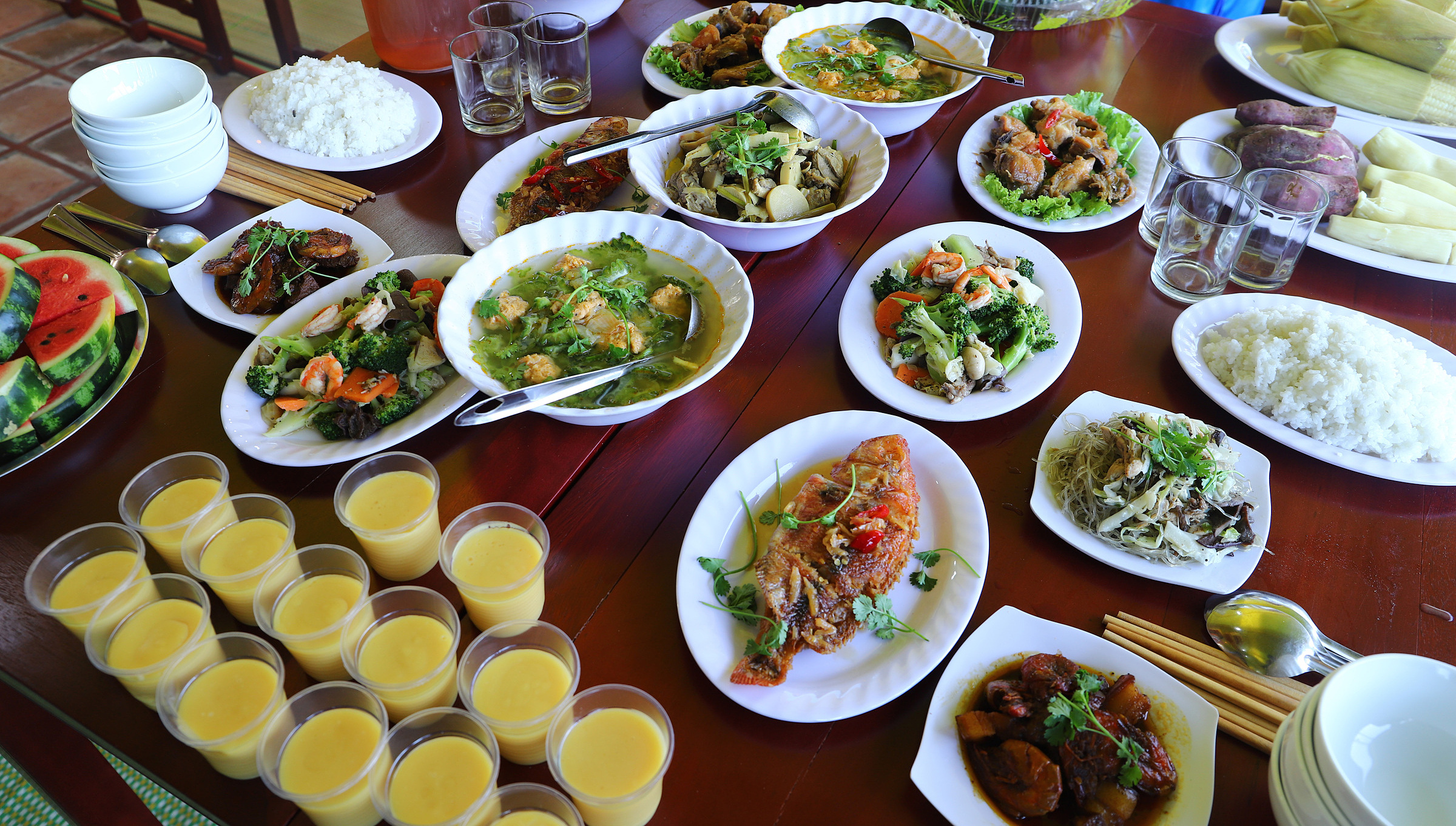With the rapidly aging population in Ho Chi Minh City, the Ho Chi Minh City Center for Disease Control (HCDC) emphasizes the urgent need for proactive osteoporosis prevention through proper nutrition and a healthy lifestyle. Osteoporosis is a silent yet dangerous disease, especially common in people aged 50 and above. It is a primary cause of fractures, reduced mobility, and diminished quality of life.
According to statistics from the International Osteoporosis Foundation, osteoporosis affects approximately 500 million people worldwide. More than 21% of women and over 6% of men aged 50 and older have the disease. Each year, the world records 37 million osteoporosis-related fractures in people over 55—equivalent to about 70 cases every minute. An estimated one-third of women and one-fifth of men over 50 will experience at least one osteoporotic fracture.
At a recent seminar, Doctor Pham Ngoc Oanh, Head of the Nutrition - Non-Communicable Diseases Department at the HCDC, stated that a healthy lifestyle combined with a balanced diet is key to maintaining strong, flexible bones and minimizing osteoporosis risk in older adults. Habits like excessive salt intake, smoking, and a sedentary lifestyle all contribute to increased risk.
Specifically, consuming too much salt increases calcium excretion through urine, reducing calcium stores in bones. The World Health Organization recommends consuming less than 5g of salt per day. Smoking affects calcium absorption, inhibits bone-forming cell activity, and reduces bone density, leading to a higher risk of osteoporosis.
Lack of physical activity weakens muscles and bone density, leading to muscle loss and increased risk of osteoporosis and falls in older adults. Regular exercise for at least 30 minutes per day, five days a week, at moderate intensity, and tailored to individual health conditions, can improve bone density and reduce osteoporosis risk.
 |
Proper nutrition is key to preventing osteoporosis. Illustrative photo: Vo Thanh |
Proper nutrition is key to preventing osteoporosis. Illustrative photo: Vo Thanh
According to Doctor Oanh, for older adults or those at risk of musculoskeletal diseases, adequate intake of essential nutrients is crucial for maintaining bone health. Calcium is a vital mineral for bone and teeth structure, maintaining bone density, preventing osteoporosis, and supporting other bodily functions. Natural sources of calcium include milk, dairy products (cheese, yogurt), shrimp, field crabs, fish, and green vegetables like amaranth, jute leaves, and celery.
Magnesium and phosphorus are two other important minerals for bone development and structural maintenance. These are found in most foods, especially beans, grains, milk, eggs, beef, and chicken. Phosphorus is abundant in beans, nuts, grains, milk, eggs, and various meats.
Vitamin D enhances calcium and phosphorus absorption in the digestive tract and reduces their excretion through the kidneys. It is primarily synthesized by the body from sunlight and can be supplemented through foods like milk, egg yolks, and cod liver oil.
Vitamin K helps bind calcium to bones and plays a role in blood clotting. Foods rich in vitamin K include dark leafy greens like spinach, bok choy, kale, and broccoli. It is also found in eggs, meat, and oils like soybean, sunflower, and grapeseed oil.
Protein is essential for building muscle, protecting the skeletal system, and reducing fractures due to muscle loss in older adults. Protein is abundant in meat, fish, eggs, milk, and various beans and legumes.
Le Phuong












